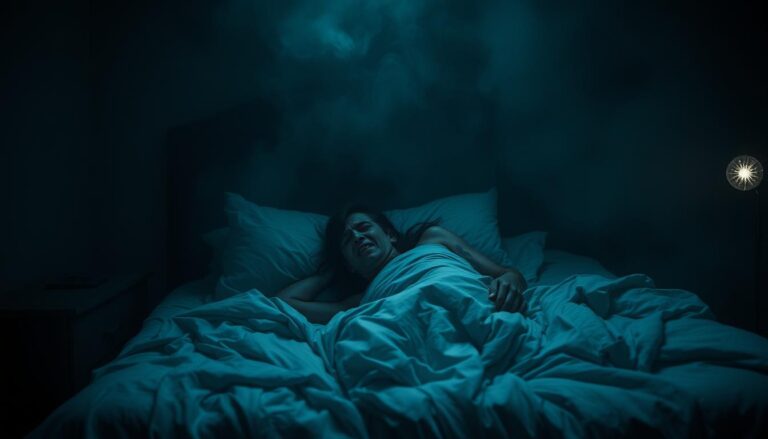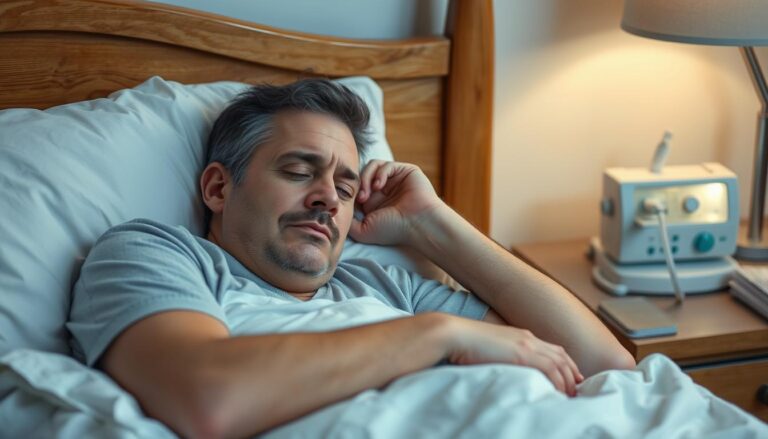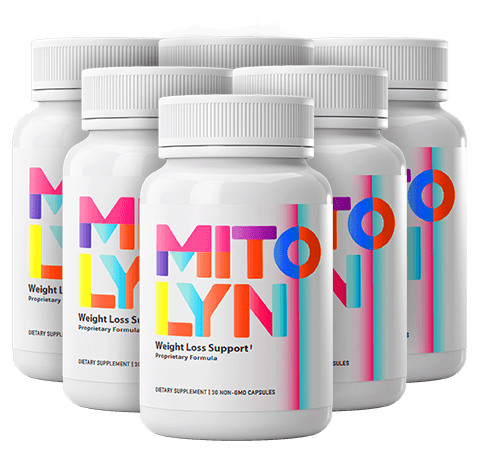
Up to 44% of Americans aged 30 to 60 snore regularly. What if simple daily exercises could quiet the noise and improve your sleep? Obstructive sleep apnea affects 10% to 30% of U.S. adults, causing breathing disruptions that leave you exhausted. Myofunctional therapy—customized sleep apnea mouth exercises—could be the answer. These targeted routines can slash the Apnea-Hypopnea Index (AHI) from 24.5 to 12.3, easing severe cases to mild.
Imagine strengthening your throat muscles like you’d train any other part of your body. Sleep apnea treatment exercises focus on oropharyngeal muscles, which keep your airway open. Daily 45-minute sessions split into four short sets—like tongue or jaw movements—can reduce snoring and daytime sleepiness. Even three minutes of tongue exercises daily might help, making this a low-cost alternative to CPAP machines or surgery.
Key Takeaways
- Myofunctional therapy can cut sleep apnea severity by over 50%.
- 45 minutes of daily mouth exercises, done 4 times a day, build throat muscle strength.
- Effective for children over 6 and adults, improving airway stability.
- Reduces reliance on CPAP or surgery while lowering snoring and fatigue.
- Simple routines like tongue stretches can start improving symptoms within months.
Understanding Sleep Apnea and How Mouth Exercises Can Help
Obstructive sleep apnea (OSA) happens when your airway gets blocked by throat tissues during sleep. This can cause breathing to stop many times, making it hard to get deep sleep. Snoring is common, but OSA is more serious because it stops breathing.
Exercises for the mouth and throat can help. They work on the muscles that keep your airway open. This can help stop the blockages that cause OSA.
Being male, overweight, or over 40 can increase your risk. Your genes and neck size also matter. In the U.S., over 10% of adults have OSA, but 70% don’t know it.
Poor muscle tone in the throat can cause tissues to collapse. This is why exercises for breathing are important. They help keep your airway open.
- Men are twice as likely to develop OSA
- 30% of U.S. adults may have undiagnosed cases
- 3 months of daily exercises can reduce symptoms
| Exercise Type | Benefit |
|---|---|
| Tongue presses | Strengthens jaw stability |
| Vowel prolongation | Reduces airway vibration |
| Palate lifts | Prevents tissue collapse |
Myofunctional therapy can improve muscle control in 30-60 days. Tongue exercises, for example, can make the soft palate stronger. This can cut snoring by 50%.
Doing these exercises with lifestyle changes like losing weight can help even more. Always talk to a doctor before starting, especially if you use CPAP machines. Regular practice can lead to fewer breathing pauses at night and better alertness during the day.
The Science Behind Myofunctional Therapy for Sleep Disorders
Myofunctional therapy uses special exercises for your mouth and throat. These exercises strengthen muscles in your tongue, jaw, and soft palate. This helps keep your airways open while you sleep.
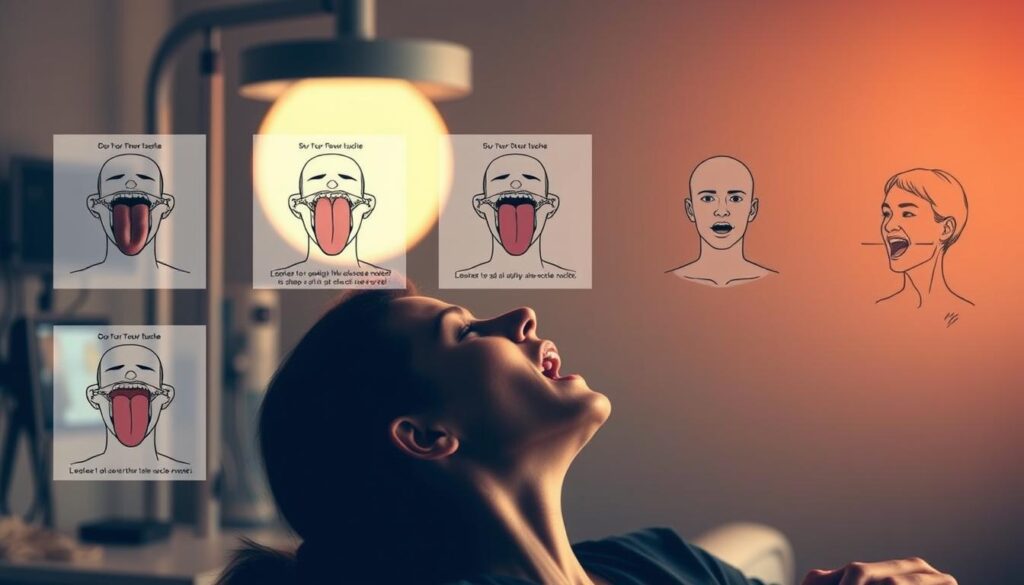
These exercises help your muscles resist collapsing. Regular practice helps your tongue stay in the right place. This reduces airway blockages.
Research shows big improvements. Adults see a 50% drop in sleep apnea symptoms. Kids see over 60% improvement, according to a 2015 study.
- Strong evidence: A 2021 review found myofunctional therapy is backed by science. It’s the best for reducing sleep apnea.
- Improved breathing: Studies show a 36% drop in apnea episodes. This is measured by the Apnoea-Hypopnoea Index (AHI).
- Snoring relief: Half of participants saw snoring decrease by 50% or more with these techniques.
Adding CPAP therapy to myofunctional therapy boosts success rates. While results vary, the science is clear. Many people see big benefits. Talk to a specialist to get exercises tailored just for you!
Sleep Apnea Mouth Exercises (Myofunctional Therapy) You Can Try at Home
Many people with sleep apnea don’t know their tongue holds the key to better breathing. Myofunctional therapy focuses on strengthening facial muscles. This improves oral posture and airway space.
These tongue exercises for sleep apnea can reduce snoring and mild symptoms. They train your tongue to stay in a healthy position during rest.
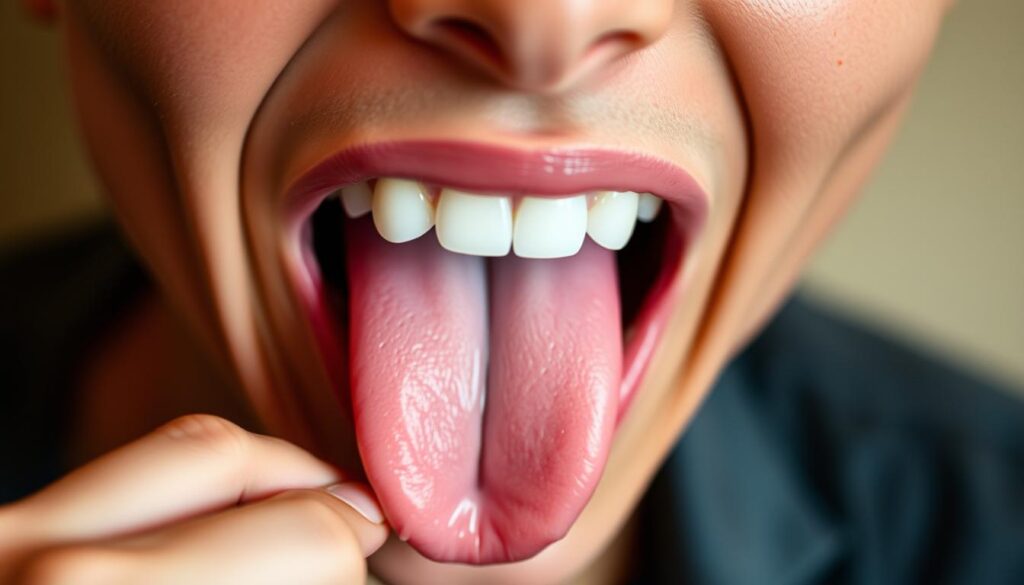
Tongue Strengthening Exercises to Reduce Sleep Apnea Symptoms
Start with these simple routines, done 3–4 times daily. Consistency matters—aim for 10 minutes a day for three months to see results.
- Tongue Slide: Place your tongue tip where your upper teeth meet your gums. Slide it backward toward the soft palate. Hold 10 seconds. Repeat 10 times.
- Tongue Aerobics: Stick your tongue out. Move it upward toward your nose, then down to your chin. Repeat on both sides. Hold each position for 10 seconds.
For best results:
- Practice in front of a mirror to ensure proper form.
- Pair exercises with mouth-taping at night to encourage nasal breathing.
- Combine with CPAP therapy if advised by a healthcare provider.
Over time, these movements build muscle memory. Many users report fewer nighttime breathing pauses after 3 months. If symptoms persist, consult a certified myofunctional therapist for personalized plans.
Jaw and Facial Exercises That Improve Breathing During Sleep
Stiff jaw muscles and weak facial tone can make breathing hard at night. This can make sleep apnea symptoms worse. Jaw exercises to improve sleep apnea and facial exercises for sleep apnea can help. They relax these areas and make breathing easier.
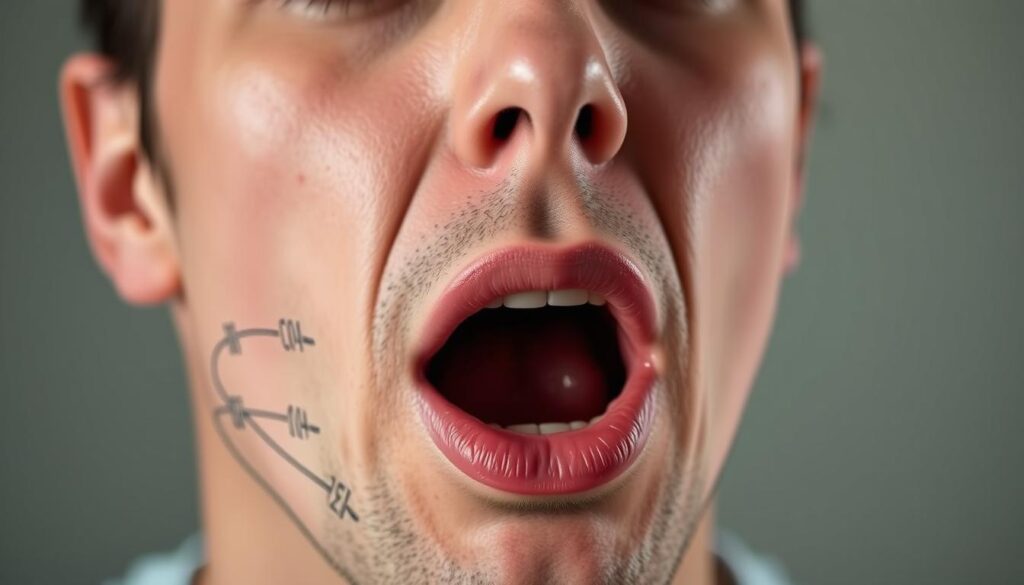
Jaw Tension Release Exercises
Do these exercises every day to stretch and strengthen important muscles:
- Sideways Jaw Glide: Open your mouth a bit. Slowly move your jaw to the right, then left. Hold each side for 5 seconds. Repeat 10 times. This helps loosen tight jaw joints.
- Mouth Resistance Stretch: Press your tongue to the roof of your mouth. Gently push your jaw forward while keeping your lips closed. Hold for 5 seconds, then relax. Do 8-10 reps to build control over facial muscles.
- Lip Seal Exercise: Close your mouth and purse your lips as if holding a pencil. Hold for 30 seconds. This strengthens facial muscles that keep airways open.
Do these exercises with tongue exercises from earlier for better airway support. Aim for 10–15 minutes daily. Consistency over 3 months shows the best results. Always talk to a doctor if symptoms don’t get better, as these exercises are meant to help, not replace medical care.
Facial Resistance Training for Sleep Apnea
Strengthening facial muscles through exercises helps fight sleep apnea. These exercises create tension to fight weak muscles that narrow airways. Regular practice can slowly improve breathing at night.
Try these two key resistance techniques daily:
- Cheek Hook Exercise: Press your index finger against the inside of one cheek. Gently tug outward while resisting with cheek muscles. Hold 5 seconds. Repeat 10 times per side.
- Lip Purse Drill: Tighten lips into a whistling position. Hold for 10 seconds. Complete 5 repetitions daily to strengthen lip muscles.

Proper Mouth Positioning During Waking Hours
Keep your jaw in a neutral position to train muscles. Let your tongue rest softly against the palate. Avoid resting your chin downward or jaw clenching while awake. These postures create muscle memory for nighttime breathing.
Swallow consciously by lifting the soft palate instead of pushing the jaw forward. This trains the tongue to stay centered in the mouth. Nasal breathing throughout the day reinforces pathways for clearer airflow.
Practice these techniques for 8–30 minutes daily. Studies show consistent resistance training can lower snoring severity and improve sleep quality over three months. Small daily efforts today lead to bigger sleep improvements later.
Conclusion: Creating Your Daily Myofunctional Exercise Routine for Better Sleep
Creating a daily routine with sleep apnea exercises can change your sleep for the better. Try to practice for 10 minutes each day. Mix tongue, jaw, and facial exercises to get the most benefits.
Studies show that exercises like tongue presses or jaw stretches can cut down snoring. They also help improve airflow. Keep up with this routine for three months to see the best results.
Notice how you feel and if your snoring changes. Many people feel more energized and sleep better in just weeks. After three months, 75% see lasting improvements.
Adding healthy lifestyle choices like losing weight can make your exercises even more effective. The FDA-cleared Vivos system is another tool for better sleep. It’s a nightly oral appliance that helps position your jaw right.
Myofunctional therapy costs can vary, but some insurance covers it if it’s medically needed. If you still have problems after three months, talk to a sleep specialist. They can look into CPAP or oral appliances for you.
Even small improvements in sleep can make a big difference in your day. Start with just 5 minutes in the morning and night. Gradually increase as you get more comfortable. Your health is worth the effort.






